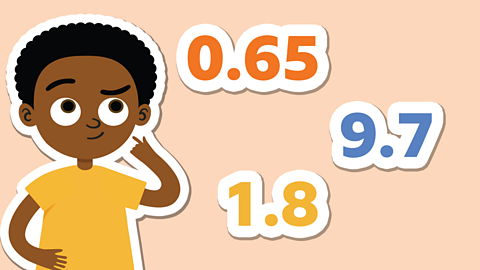What is place value?
Place value helps us work out the value of a digit depending on its place or position in a number.
Place value can be expressed in terms of hundreds, tens and ones.
For example the number 333 can be represented like this:
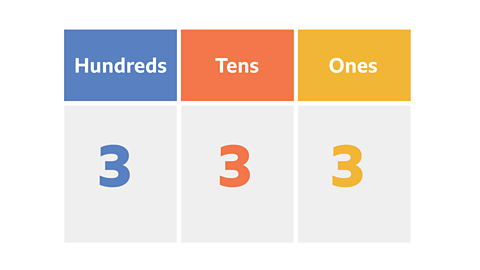
This chart shows how the number can be partitioned into hundreds, tens and ones.
Partitioning numbers
Partitioning numbers is useful for when you want to add or subtract larger numbers.
As well as place value charts, you can show a partitioned number in different ways. Look at how else 333 can be partitioned:
300 + 30 + 3 = 333
Each of these models represents 3 hundreds, 3 tens and 3 ones.
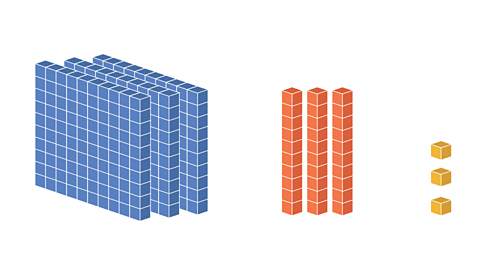
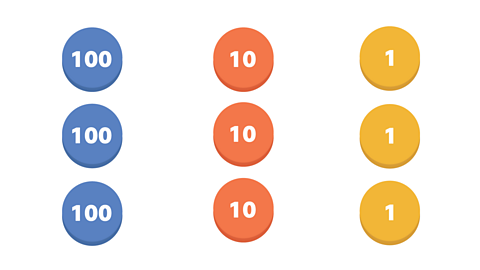
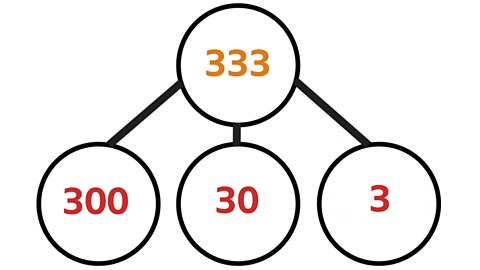
Example 1
Now let's partition the number 679.
To partition a number, you have to look at how many hundreds, tens and ones there are.
679 has 6 hundreds, 7 tens and 9 ones.
600 + 70 + 9 = 679
You could also say that 679 is made of 67 tens and 9 ones or 679 ones!
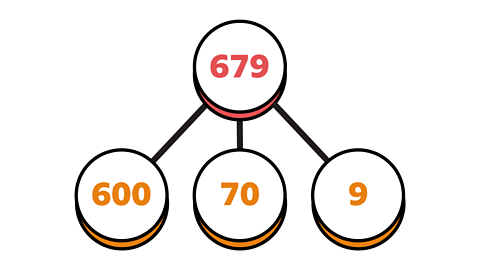
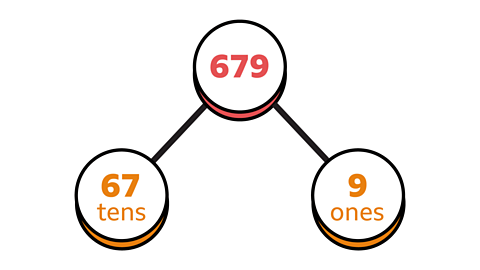
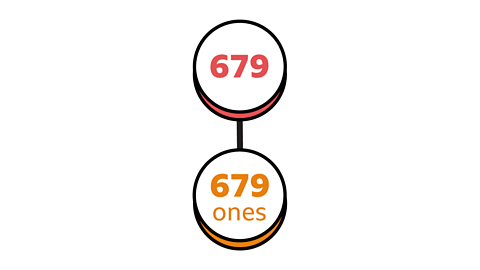
Example 2
Which picture does not represent 523?
Take a look at the pictures below. Can you see which one does not represent 523?
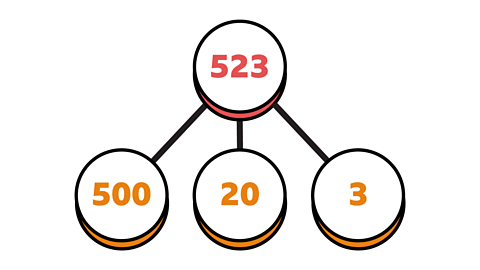
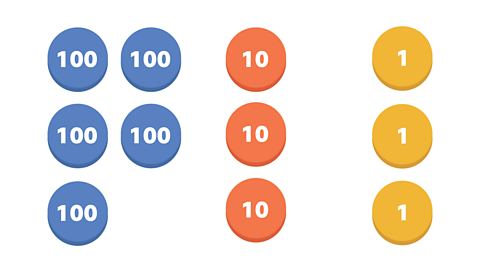
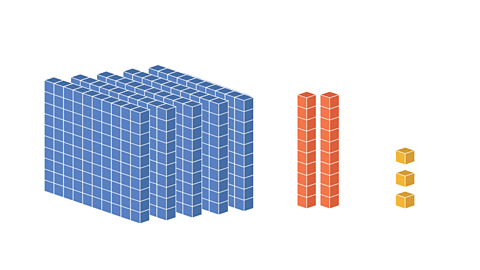
Work out what each picture is representing, first.
A - The part-whole model shows 500 + 20 + 3. That equals 523!
B - There are 5 hundreds, 3 tens and 2 ones in the place value counters. That creates the number 532.
C - The Base 10 shows 5 hundreds, 2 tens and 3 ones. That's 523.
So B, the place value counters, do not represent 523. Did you get it right?
Activity
Put your knowledge of place value and partitioning numbers to the test with this quiz.
Play our fun maths game Guardians: Defenders of Mathematica. gamePlay our fun maths game Guardians: Defenders of Mathematica
Use your times tables and more maths skills to defeat monsters and reclaim the Kingdom of Mathematica

More on Place value
Find out more by working through a topic
- count8 of 12
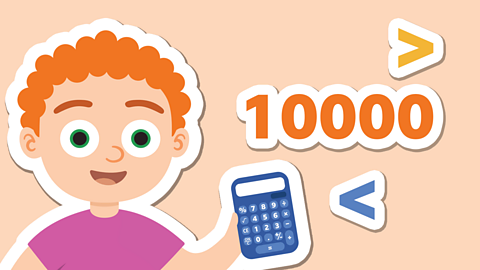
- count9 of 12

- count10 of 12

- count11 of 12
